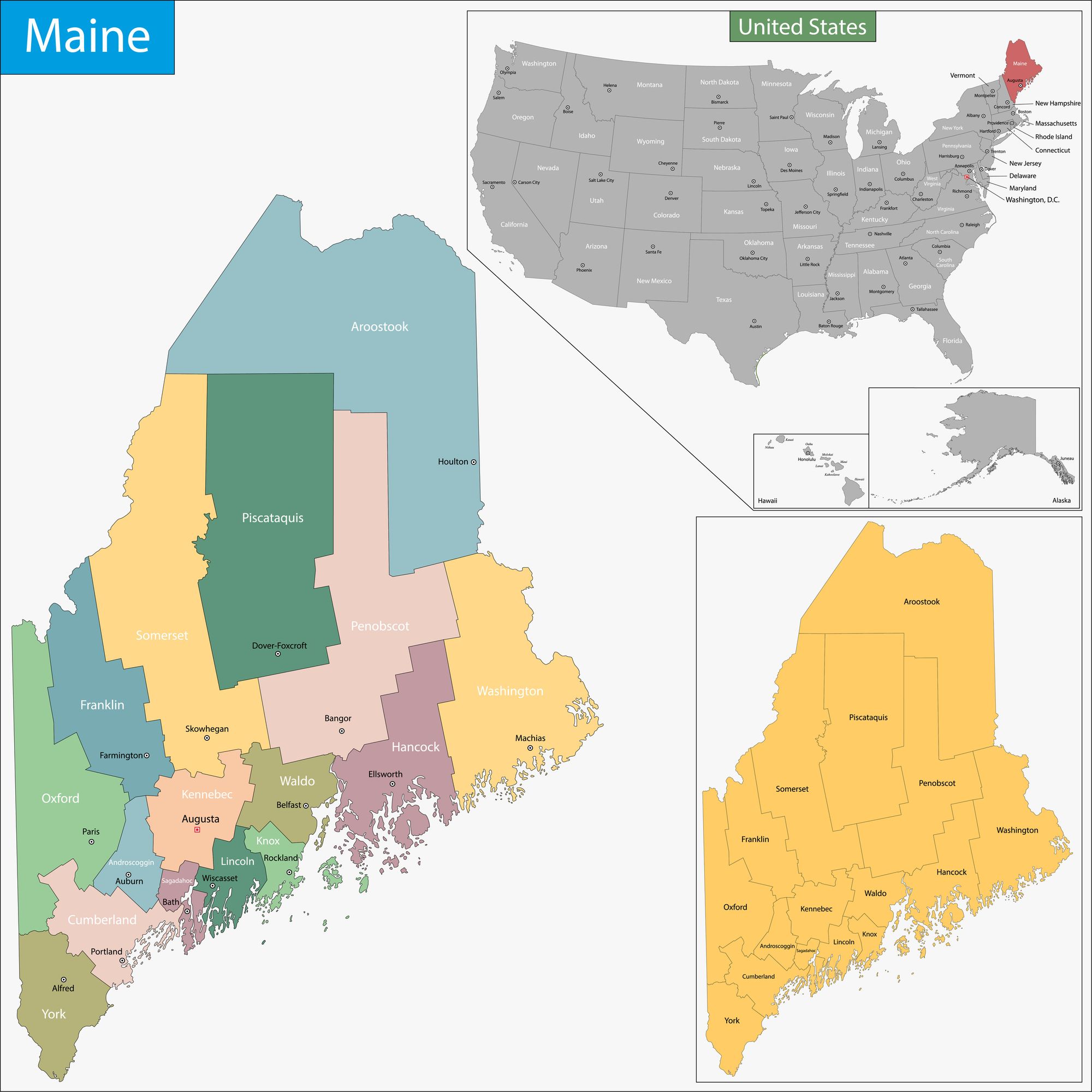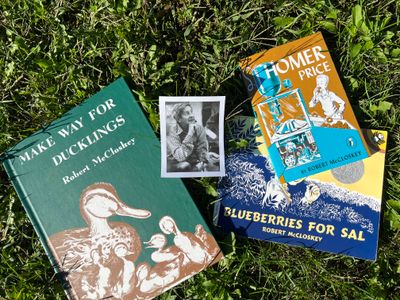Take this opportunity to enjoy simplistic, humorous stories with your children as folks from small towns and animal life overlap. Make way for stories from Robert McCloskey as we investigate God's creative hand!
John Robert McCloskey (September 15, 1914 - June 30, 2003), a well-known children's author who wrote and illustrated eight picture books, was honored with two Caldecott medals and two runner-up recognitions. Born in Ohio, McCloskey and his two sisters were particularly interested in drawing, music, and inventing. He studied at Vesper George Art School and the National Academy of Design, preparing him to pursue his passion of writing and illustrating children's books. He and his wife enjoyed raising two daughters and spent summers on Scott Island in Penobscot Bay, Maine. McCloskey wrote and illustrated eight picture books, establishing much-loved Maine as the setting for half of them. In 2000, Robert McCloskey was named a "living legend" by the United States Library of Congress. His books have been enjoyed by families for their nostalgic tone and simplistic way of life. 1
Enjoyable Works





Geography
Many of McCloskey's picture books are set in the United States' most easternly state, Maine. God has designed the beautiful Pine Tree State with a variety of landforms, particularly along the coast.

Geography From A to Z: A Picture Glossary is a must-have glossary to learn geographical landforms; descriptions of each landform are succinct, yet thorough and easily understood. The coastal landscape of Maine is dotted with islands (p.24), isthmuses (p.25), atolls (p.8), archipelagoes (p.7), peninsulas (p.34), bays (p.9), and capes (p.7).

Using this resource, children can illustrate each of the landforms found in Maine and combine them into a booklet. Each child could complete a booklet or could work together to create one booklet for the family.

The landscape of Maine is well-known for its vibrant fall foliage, lighthouses, forests, and rocky coastlines. The twenty-third state added to the Union in 1820, Maine also celebrates scenic lighthouses along the coast and forests over 90% of its land. Maine produces nearly all of the United States' blueberries.

Copywork
-Lentil
Mr. McCloskey's character, Lentil, learns to play the harmonica and delights the town with his joyful music. This copywork is a good reminder to us that we should work diligently to develop the talents God has given us and to use our talents to honor God and to help others.
Extensions
Robert McCloskey wrote about what he knew and enjoyed – nature, the coast of Maine, animals, music, and small-town life – and created stories that children of all ages have been enjoying for decades. As a way of continuing his delight of nature, families would enjoy creating seasonal nature boxes. Each child would decorate a shoebox and fill it with found objects in nature from that season – a seashell, empty bird nest, rock, feather, leaf, stick, bug, acorn, seed, etc. Completing a leaf or bark rubbing allows children to really notice the details in these items.

McCloskey is probably best known for his family of ducks finding their new home in Boston. Ducks are found on every continent except Antarctica, and some species are migratory. They eat grasses, fish, small amphibians, and worms. God perfectly designed ducks, including particular features that allow them to thrive in their habitat. Ducks' bills are shaped to filter food from the water; their feet are webbed for optimal swimming while still providing stability upon land; an oil gland in their skin allows ducks to consistently waterproof their feathers; ducks' feet have no nerves or blood vessels and are able to withstand cold temperatures; finally, ducks' wings are designed to be able to fly non-stop for vast distances. Younger children can color and glue feathers on this duck, while older children match the unique feature to the correct location on the duck.

In addition, rubber ducks provide fun manipulatives for children of all ages. Interacting with them in a tub of water adds an extra layer of fun.

For young children, write letters on the bottom of the rubber ducks and ask children to recognize the letter or make the sound when picked up from the water. Numbers could also be written on the bottom and children could select the correct number of cheerios for the duck to eat. Children could also use the ducks as manipulatives for practicing basic addition and subtraction problems. Older children could practice their watercolor technique by following along with this tutorial.
McCloskey is equally known for Blueberries For Sal and the adventures had while seeking out deliciously sweet blueberries. Creating memories while reading this book can be something as simple as picking blueberries as a family, using them to bake a dessert, and crafting a blueberry basket full of blueberries from brown construction paper and blue painted fingerprints.

Additional Resources

Footnotes
1.
Robert McCloskey - Wikipedia




Join the conversation